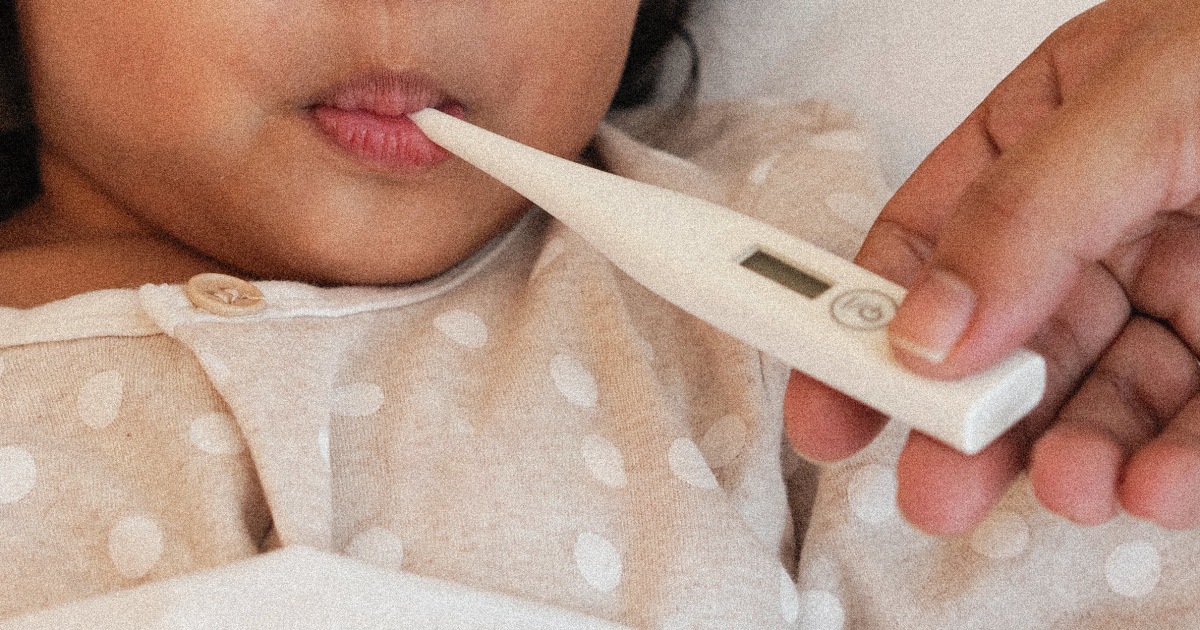Flu complication that causes sudden and severe brain swelling is rising in kids, doctors warn

Severe flu seasons in recent years have brought to light a little-known danger of influenza infections in kids: a rare brain disease called acute necrotizing encephalopathy, or ANE.
It’s a fast-moving condition usually triggered by the flu, causing sudden brain swelling. It’s thought that the virus prompts the immune system to go haywire.
Affected children can go from having mild flu symptoms to seizures, coma, or even death within days. Most are kids without any other health problems.
Historically, the inflammatory disease is diagnosed in just a handful of children each year. But this past January and February, pediatric neurologists began to see an unusual uptick in ANE cases — and started comparing notes.
Dr. Molly Wilson-Murphy, a pediatric neurologist at Boston Children’s Hospital said, “We were reaching out to colleagues across the country and saying, ‘hey, are you seeing this?’ and very briskly getting responses back from a number of folks saying, ‘yes, us, too.’”
The collaboration led to the first large, multi-center look at ANE cases in the U.S. Wilson-Murphy is one of more than 60 physicians who published their data Wednesday in the Journal of the American Medical Association.
The doctors identified 41 cases over the past two flu seasons. Most children were around age 5.
Brain inflammation was swift and severe in many cases. Eleven children (27%) died within 3 days, usually because of a buildup of pressure in their brain tissue.
Children who were able to survive for at least 3 months often had long-lasting complications, such as trouble walking, eating and ongoing seizures.
Because ANE is so rare, there’s no specific treatment protocol. Most of the 41 children in the new study received steroids, antiviral medications, intravenous immunoglobulin or a plasma exchange, which is like dialysis.
Reasons for the increase in ANE cases are not known. But the report comes after the U.S. has experienced one of the deadliest flu seasons for kids on record: 266 pediatric flu deaths, according to the Centers for Disease Control and Prevention. At least three of those children died in June and July of this year, far outside of the typical flu season.
Until now, there’s been no official tally of ANE cases. The CDC began to track them in February after hearing anecdotal reports from the study authors.
The CDC’s Dr. Timothy Uyeki wrote an editorial accompanying the new study.
“From the public health perspective, implementation of multiyear national surveillance” is necessary, Uyeki wrote, to understand how often ANE occurs and whether some children have specific risk factors.
Why flu shots are important for kids
Study authors emphasized the importance of annual flu shots for kids. Just six of the 41 children with ANE had been vaccinated.
It’s especially critical for kids who’ve already had ANE because they’re at risk for getting it again with a subsequent influenza infection, Wilson-Murphy of Boston Children’s Hospital said.
Fewer kids are getting flu shots in general.
During the 2023-2024 season, just over half of kids, 55%, got the vaccine — the lowest rate in more than a decade.
“It’s possible that’s playing a small role in this bump in cases,” said study co-author Dr. Keith Van Haren, a pediatric neurologist at Stanford Medicine in Palo Alto, California. “It doesn’t account for all of it, though.”
And among the 266 children who died of flu this past year, 90% hadn’t been fully vaccinated, according to the CDC.
The American Academy of Pediatrics recommends all children 6 months or older get an annual flu shot, ideally by the end of October.
Young children who’ve never had the shot may need two doses, about a month apart.
ANE warning signs
In early stages, ANE resembles typical flu symptoms. Children tend to have high fevers — 103 degrees on average — as well as a sore throat, cough and vomiting or diarrhea.
Within about two days after symptoms begin, doctors say there is a marked difference in kids’ mental status. They may have seizures and become unusually weak and tired.
The behavior is different from the typical lethargy associated with flu, Wilson-Murphy said. Affected children don’t perk up, even after ibuprofen or acetaminophen. They’re not making sense and can’t interact meaningfully.
“You get that ‘mom gut’ feeling that something isn’t right,” she said. “Parents should listen to their intuition and get their kids checked out as soon as they feel like something is off, neurologically.”
[title_words_as_hashtags



